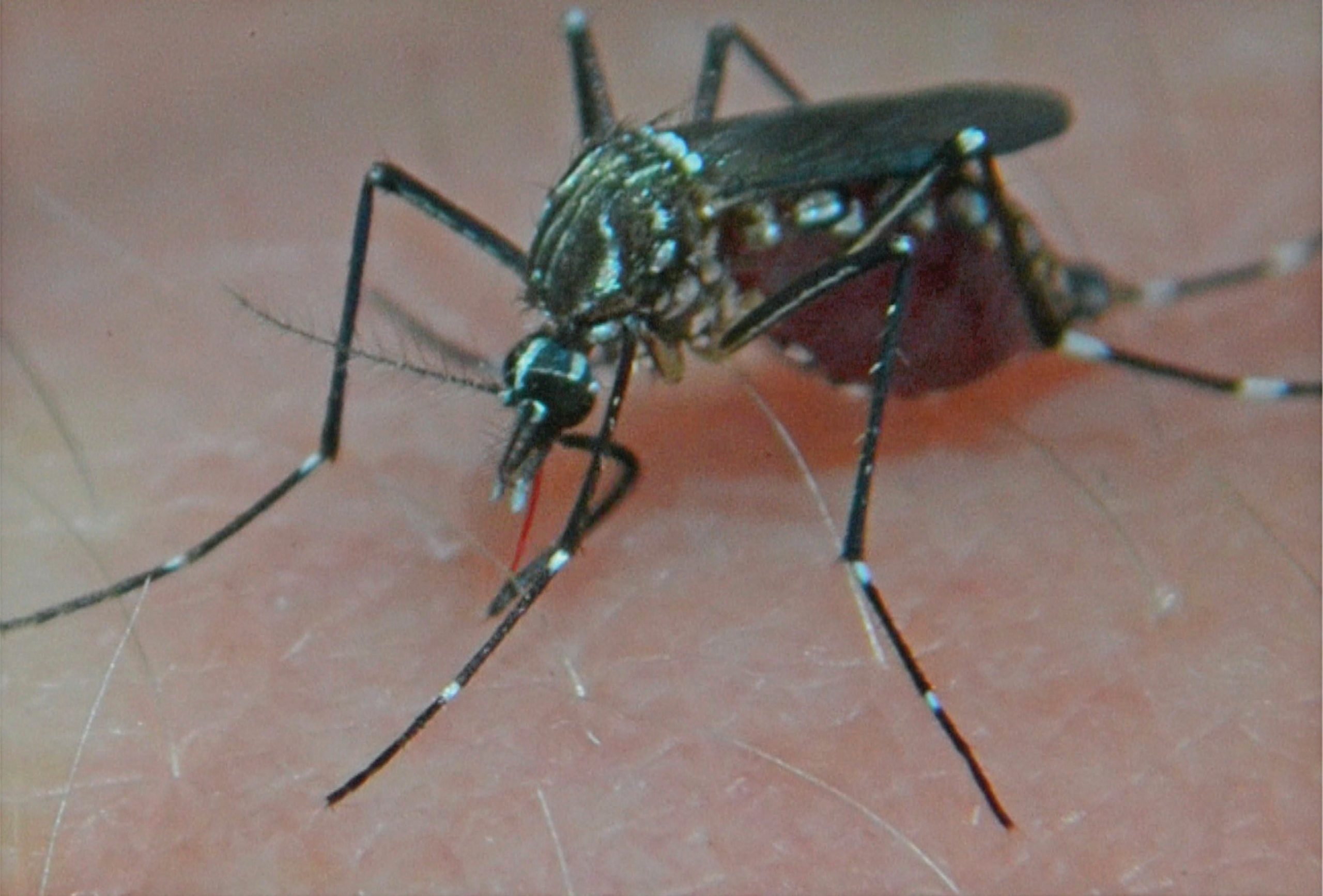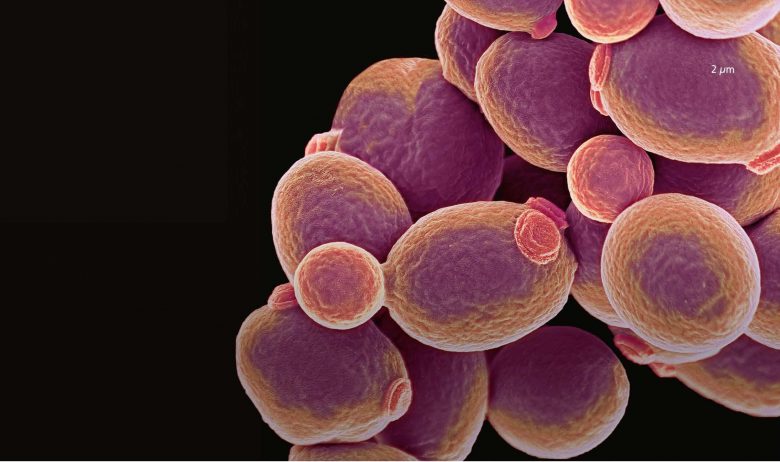
Virus Disease Dengue fever Gene cloning Recombinant DNA technology
Dengue fever is the fastest growing mosquito-borne disease — 50–100 million people are affected each year. It is a viral disease spread by female mosquitoes, and largely by females of just one species — Aedes aegypti. This mosquito takes blood mainly from humans (see Figure 1), and tends to live in and around people’s homes. Dengue can result in fever, headaches, tiredness and muscle and joint ache. In its more severe form — dengue haemorrhagic fever — the disease can be fatal. Four different but related viruses cause this disease. If a person becomes infected by one strain of virus, they can develop immunity to that strain, but then they become more susceptible to the three other strains. Infection with a second viral strain usually produces more severe symptoms.
Your organisation does not have access to this article.
Sign up today to give your students the edge they need to achieve their best grades with subject expertise
Subscribe




